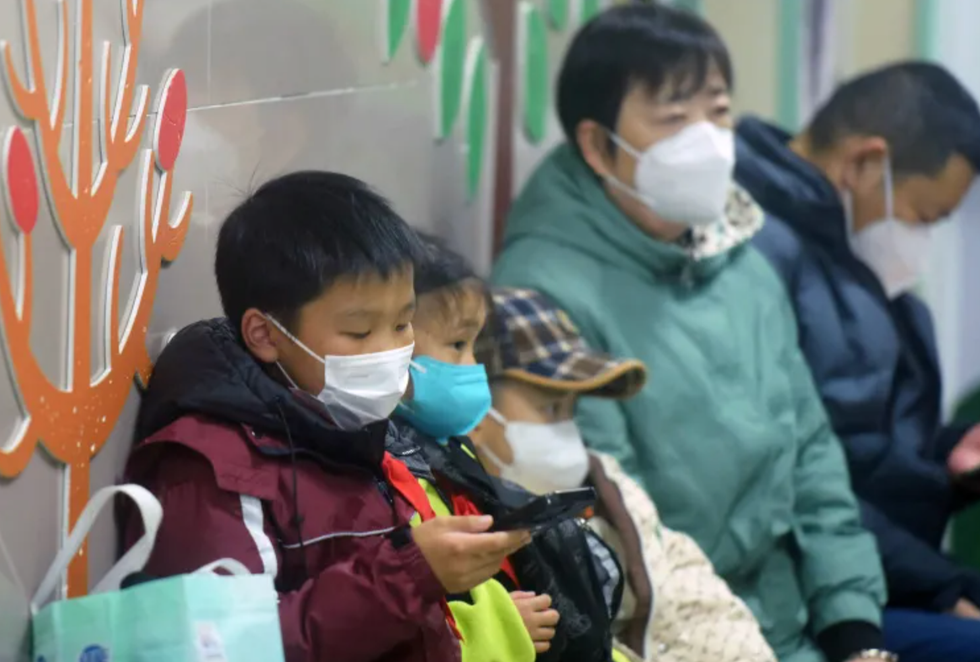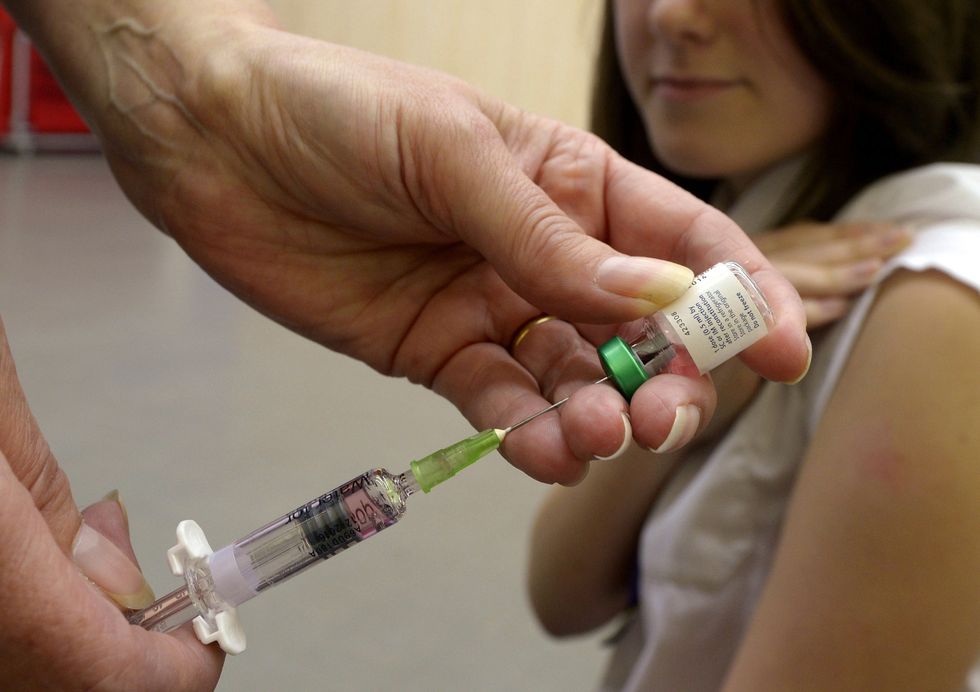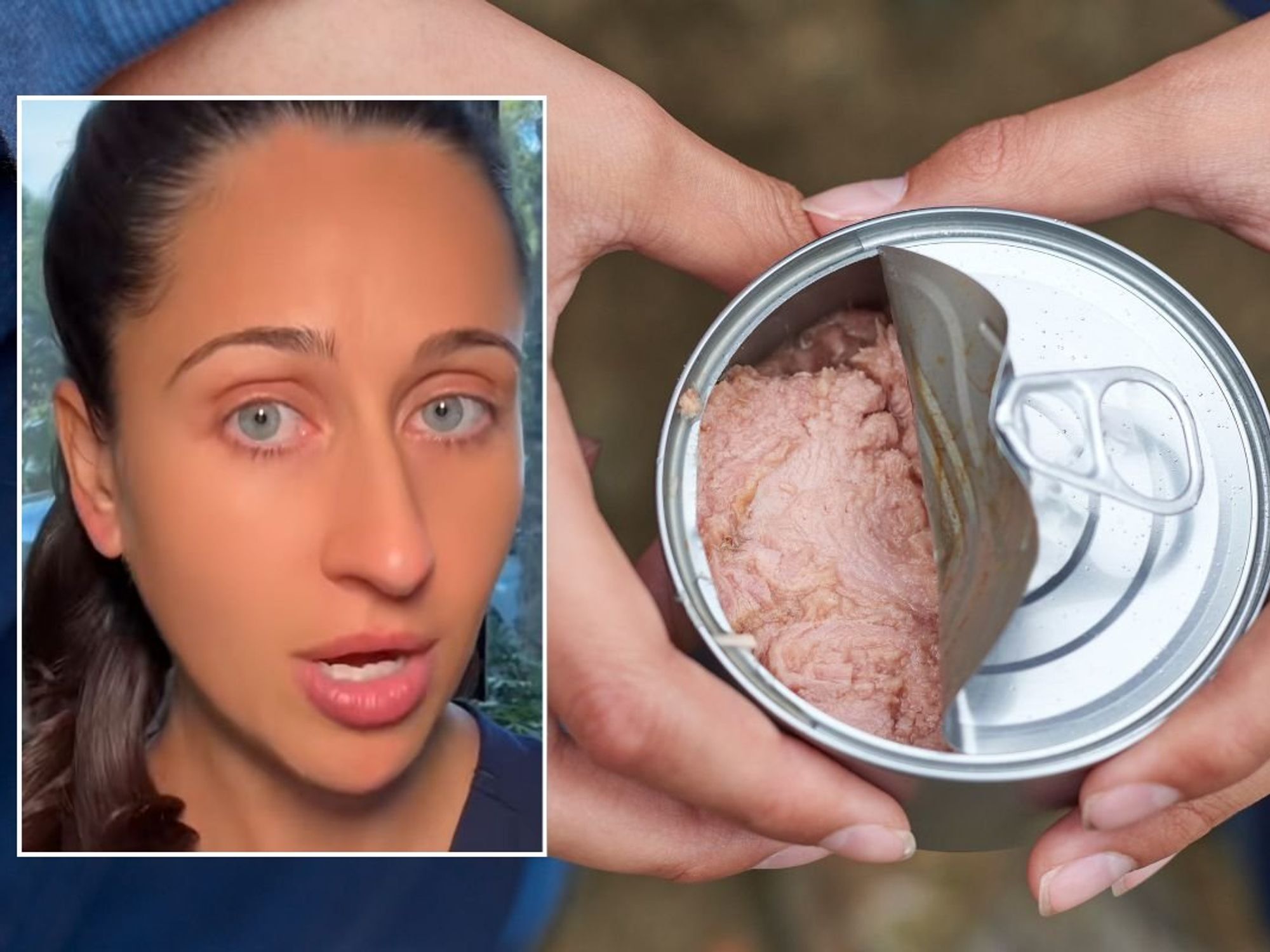Is Britain heading towards another pandemic? What we know about HMPV virus as WHO issues 'face mask' advice

Social media is awash with images of overcrowded hospital wards and masked commuters as cases surge in China
Don't Miss
Most Read
A recent outbreak of the human metapneumovirus (HMPV) in China is raising alarm bells about a possible new pandemic.
As images of overcrowded hospitals and masked patients flooded social media, the World Health Organization (WHO) updated its advice, recommending that the public masks up in crowded or poorly ventilated spaces.
This all feels eerily reminiscent of the dark days of 2020 when governments sealed off their borders and plunged their citizens into a years-long lockdown to contain the spread of Covid-19.
Pandemic 2.0?
While it's tempting to draw parallels, experts agree that the current uptick in HMPV cases is not a cause for concern and that another pandemic is highly unlikely.
To understand why, here's a look at the origin, evolution and current incidence of the virus.
What is HMPV?
HMPV is a common respiratory virus that can cause a spectrum of illnesses from mild cold-like symptoms that recover by themselves within two to five days to severe respiratory conditions.
It's is one of the leading viral causes of respiratory infections in children under five years. There is currently no vaccine and treatment, if necessary, is supportive.
It's member of the same virus family as RSV and peaks every winter.

China has recorded a surge in cases, with about 6.2 per cent of positive respiratory illness tests being for HMPV.
|Reuters/AFP
It was first identified by Dutch researchers in 2001 in archived children’s respiratory samples, but UEA Professor Paul Hunter estimates that the virus has been circulating for much longer.
He supervised a PhD on the infection in 2018 that suggested HMPV spread alongside other respiratory pathogens for at least 65 years.
Although the UK has seen a fairly marked increase in recent weeks - the UK Health Security Agency (UKHSA) has recorded a "medium" level of activity - the rate of positive cases is only slightly higher than at the start of 2024, standing at 4.18 per cent.
This is no major difference to the usual seasonal spikes unless infection positivity rates continue to increase in coming weeks.
Why the focus on China?
China has recorded an upswing in cases, with reports from the Chinese Center for Disease Control and Prevention (CCDC) indicating that HMPV is the second most common respiratory virus being detected, with about 6.2 per cent of positive respiratory illness tests being for HMPV.
As Peter Openshaw, Professor of Experimental Medicine, and Dr Claudia Efstathiou, Research Associate of Imperial College London, point out, it seems that the surge is the "summation" of several common winter viral infections rather than a new or unknown virus.
The reports of respiratory infections in China in the past few days appear to be attributed to both influenza and this HMPV, which is rather similar to the situation in the UK this week.
The increased surveillance and public health measures, such as face mask recommendations, probably owe more to the wariness caused by the last pandemic.
Experts agree that more information is needed on the specific strain circulating to understand if this is the usual seasonal spike or if the virus causing high infection rates in China has some differences.
LATEST MEMBERSHIP DEVELOPMENTS

New vaccines are being developed which could protect against both RSV and human metapneumovirus in one jab.
| PACaution still advised
In healthy adults, the infection tends to cause common cold-like symptoms indistinguishable from many other common cold-causing viruses and is, therefore , not normally serious.
Hence most infections in the population will go undiagnosed as people with colds do not normally have tests to identify the specific pathogen.
It can, however, be serious in the elderly, immunocompromised or children. Serious cases requiring hospitalisation are almost exclusively in these risk groups.
Studies indicate that hMPV accounts for about five to 12 per cent of respiratory hospitalisations in children, with five to 16 per cent of these children developing severe lower respiratory tract infections like pneumonia.
Older adults, particularly those over 65, are at a higher risk for severe illness due to hMPV. The virus can exacerbate chronic conditions such as asthma or COPD, leading to severe respiratory distress and potentially hospitalisation.
People with weakened immune systems (due to conditions like cancer, HIV, or post-transplant scenarios) are more susceptible to severe forms of hMPV. These infections can be particularly dangerous, leading to complications like pneumonia, which might require intensive care.
As HMPV spreads via the air and contaminated surfaces, public health officials are emphasising the same strategies as Covid, such as social distancing, wearing a face mask and regularly washing your hands.
Reasons to be optimistic
Whilst HMPV does mutate and change over time with new strains emerging, it is not a virus that we consider to have "pandemic potential", notes Doctor Andrew Catchpole, Chief Scientific Officer at hVIVO.
This is because the changes in HMPV are gradual and based on previously circulating strains, he explains.
"Pandemics occur when a totally new virus enters the human population, like for COVID-19. Or in the case of influenza, when a new variant of the virus enters the human population by combining a human version of the virus with an animal version from what is known as the animal reservoir. There is no such animal reservoir of related viruses known for HMPV," Doctor Catchpole added.
The fact that HMPV has been around for decades is also encouraging as there will be some level of pre-existing immunity from exposure to it and other related viruses previously, which will significantly reduce the disease burden in healthy people, experts say.
However, Doctor Conall Watson, Consultant Epidemiologist at the UKHSA is keen to emphasise that "if you have symptoms of a respiratory illness and you need to go out, our advice continues to be that you should consider wearing a face mask".
New treatments are also in the pipeline.
A vaccine for a similar virus, RSV, was launched by the NHS in 2024, and new vaccines are being developed which could protect against both RSV and human metapneumovirus in one jab.











